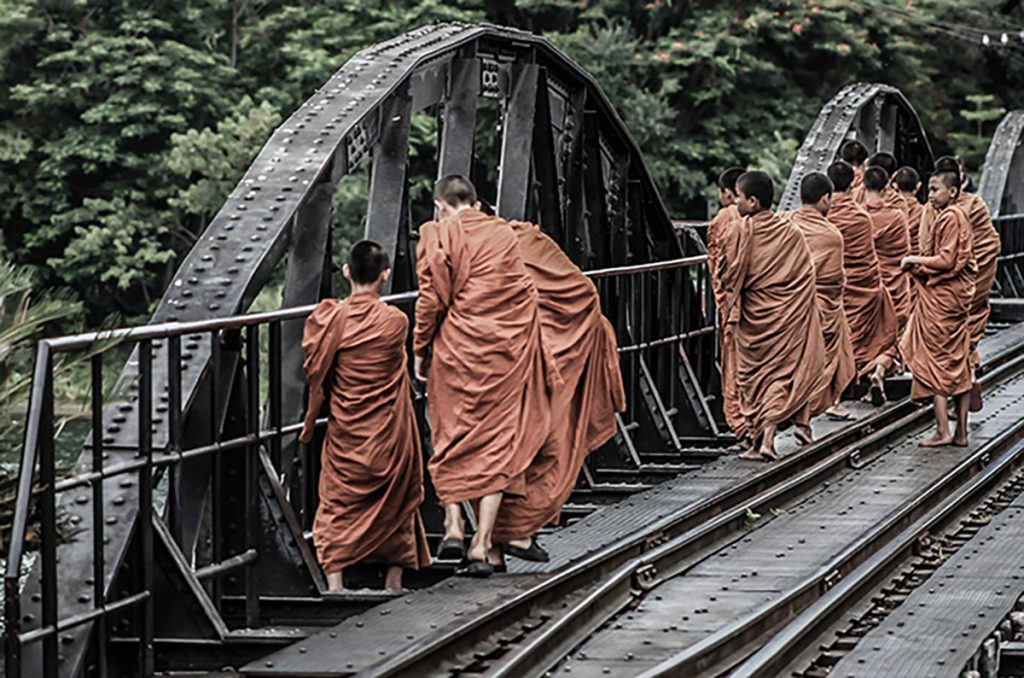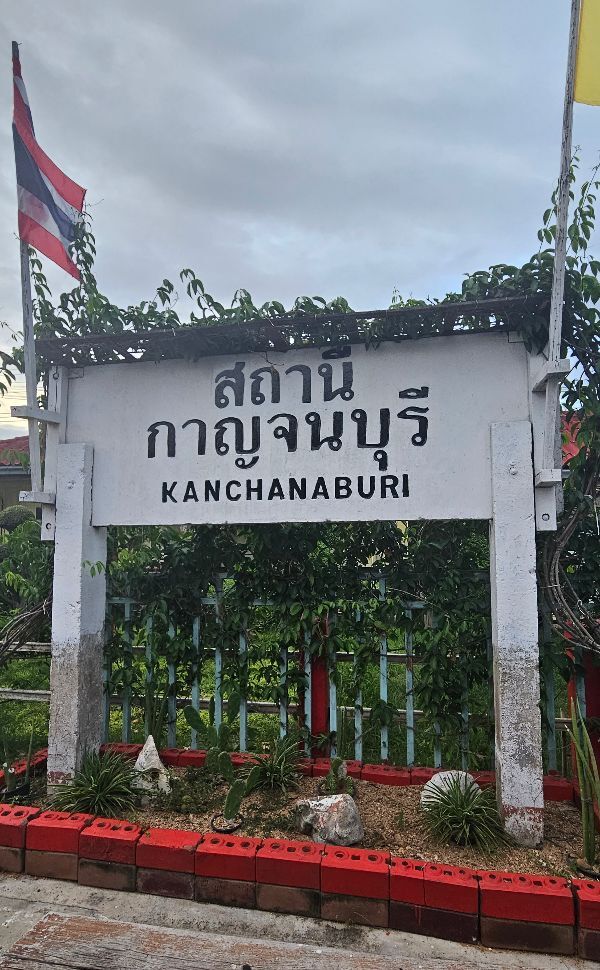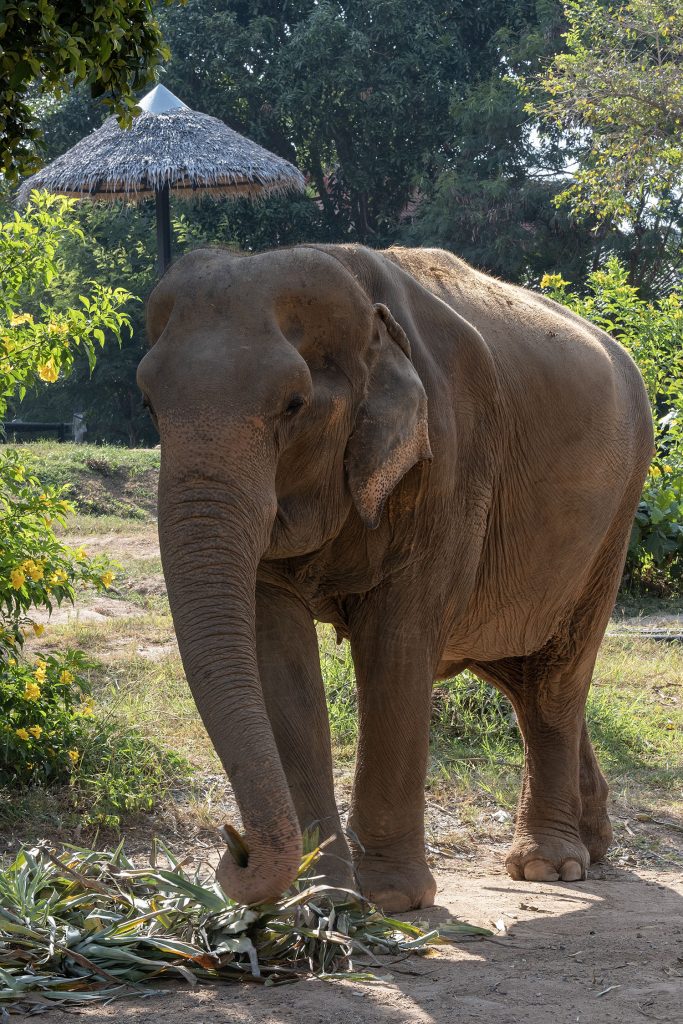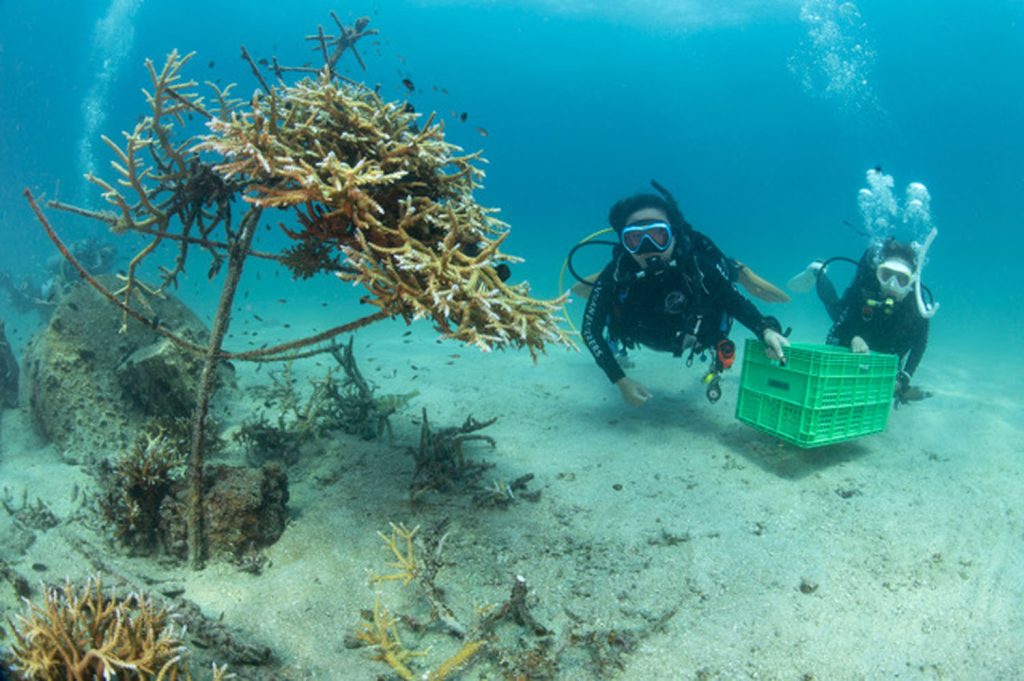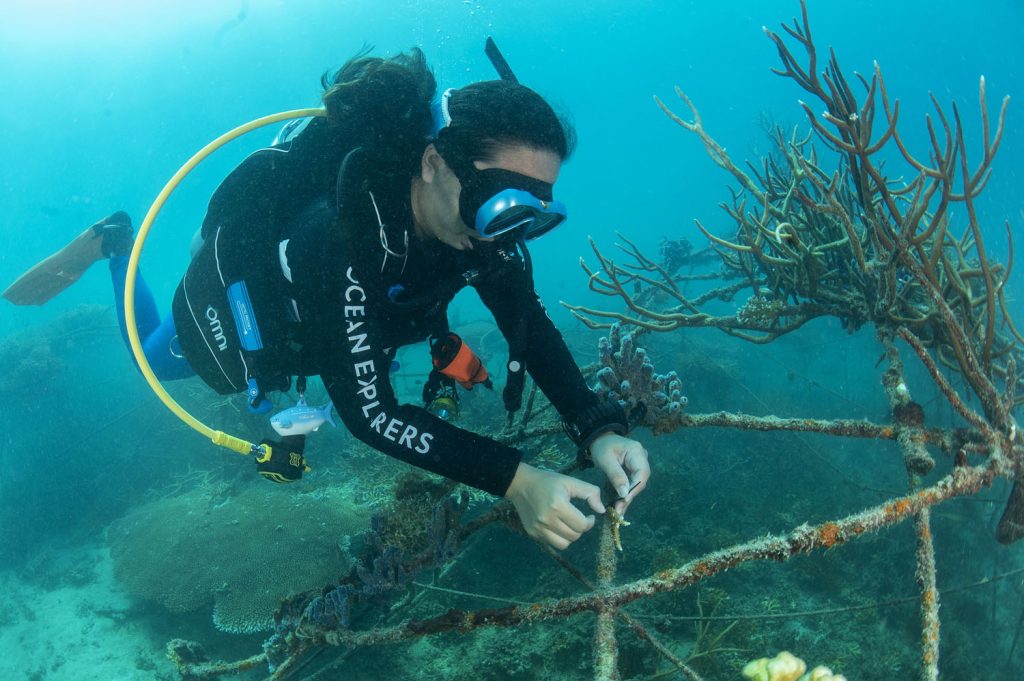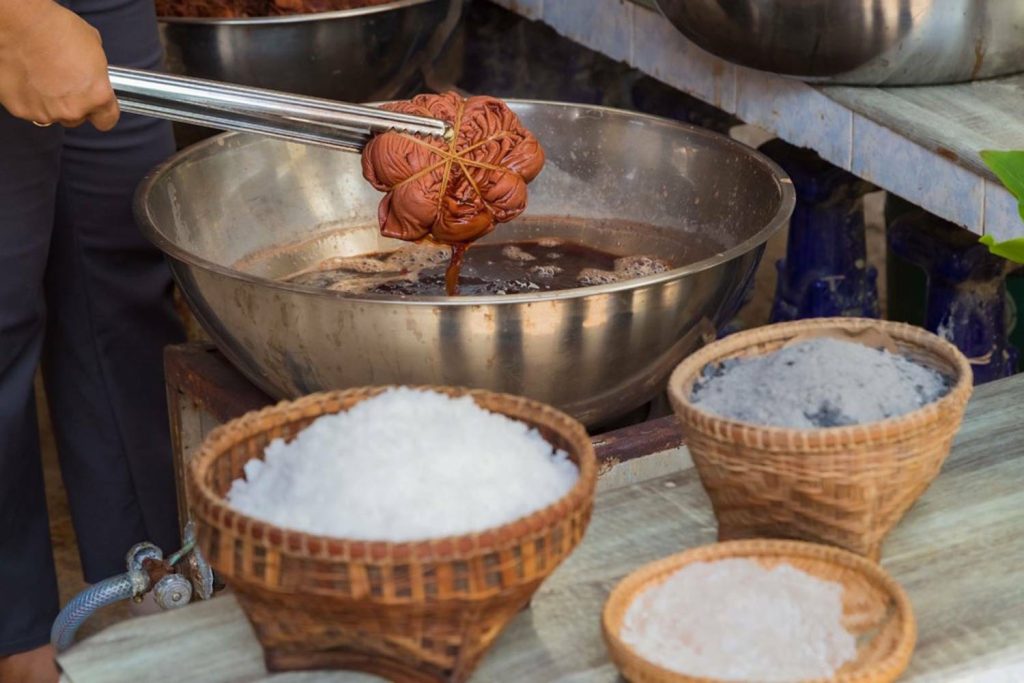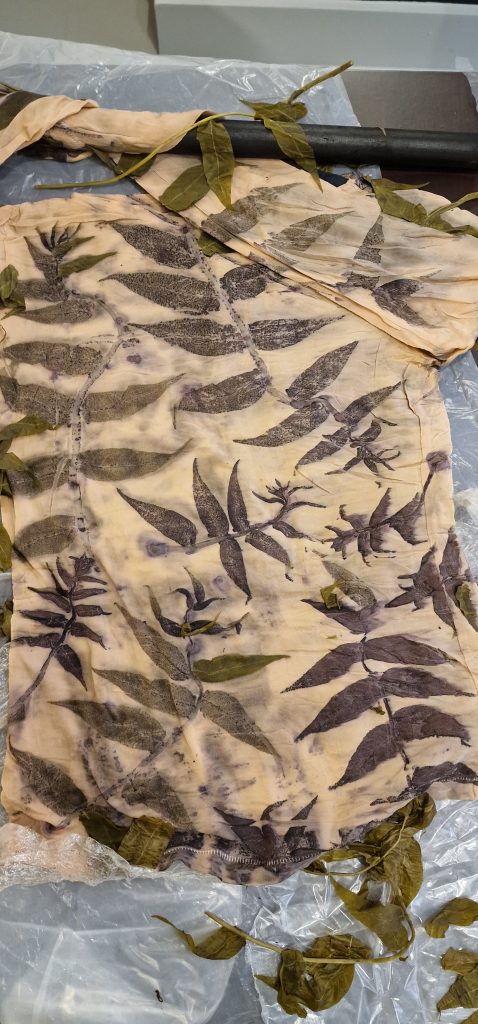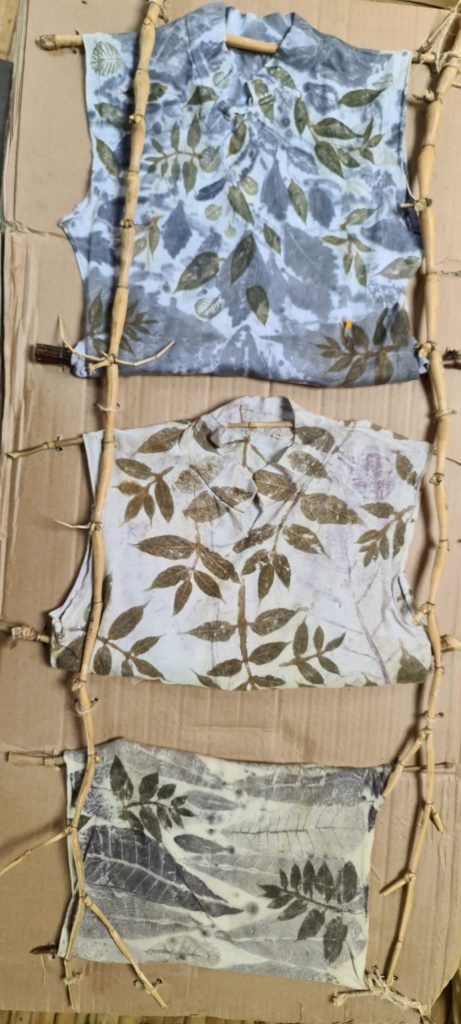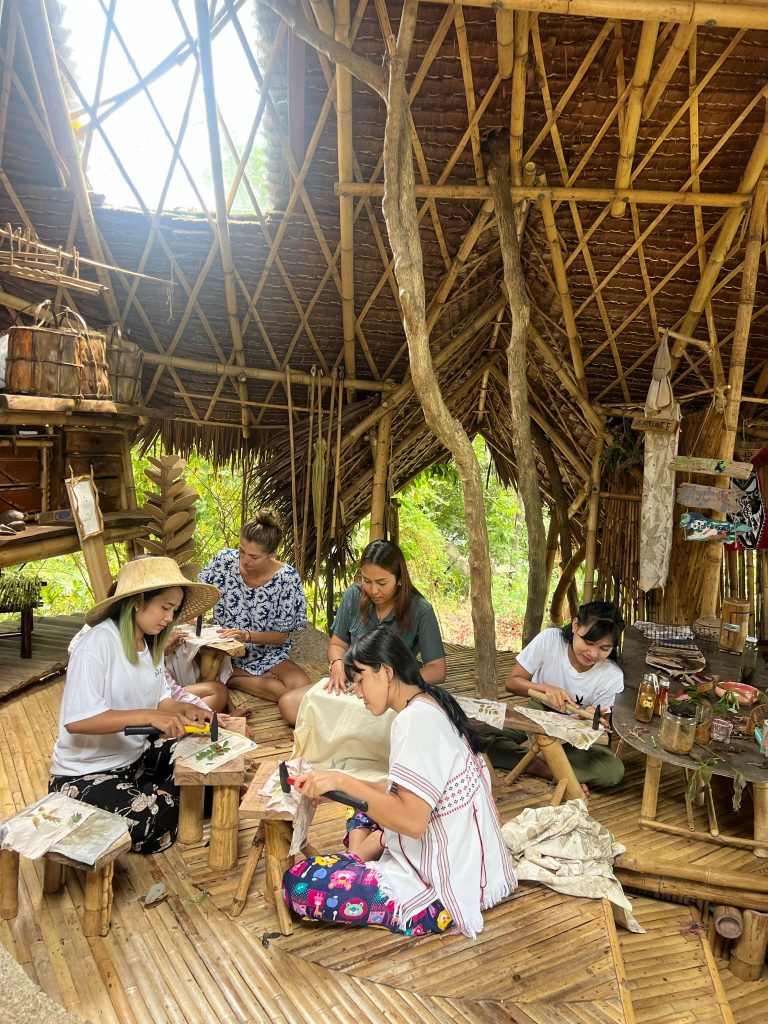Australian travel blogger Paula Morgan has turned her attention to Thailand, launching a new blog, Thailand Awaits, that provides information for travellers about Thailand’s many attractions.

Paula’s most recent Thailand adventure was in Kanchanaburi. You can read Paula’s complete guide to Kanchanaburi on her Thailand Awaits blog which includes detailed instructions on how to get there, where to stay and what to see.
Visit the Thailand Awaits blog for detailed instructions on how to get to Kanchanaburi.
What to see in Kanchanaburi.
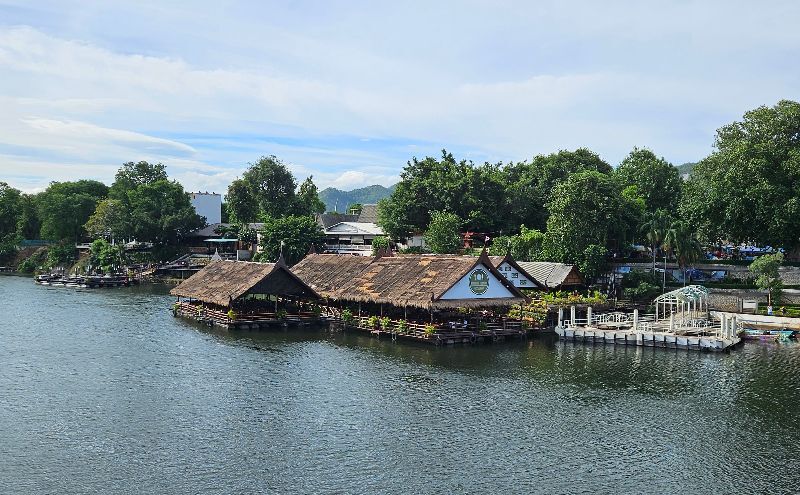
River Kwai
The River Kwai, also known as the Mae Klong River, is a major tourist attraction in Kanchanaburi. Visitors can take a boat ride along the river and admire the beautiful scenery.
The Death Railway, also known as the Burma Railway, was built during World War II by prisoners of war and forced laborers from Japan and Myanmar. The railway is a major part of Kanchanaburi’s history and is now an important site visited by almost all who come to Kanchanaburi.
Bridge over the River Kwai
The Bridge Over the River Kwai is the most famous landmark in Kanchanaburi. The bridge was part of the Death Railway and is now a popular tourist attraction. Visitors can walk across the bridge and learn about its history.
Hellfire Pass Memorial Museum
Hellfire Pass is a section of the Death Railway that was cut through solid rock by prisoners of war and forced labourers. The pass is now a memorial site and there is an excellent museum, built by the Australian Government, that explains the story of what happened here and commemorates the lives lost during the construction of the railway. You can take a guided tour and learn about the history of the pass and then walk along the original tracks. To visit Hellfire Pass you are best to stay on the train to Nam Tok Station.
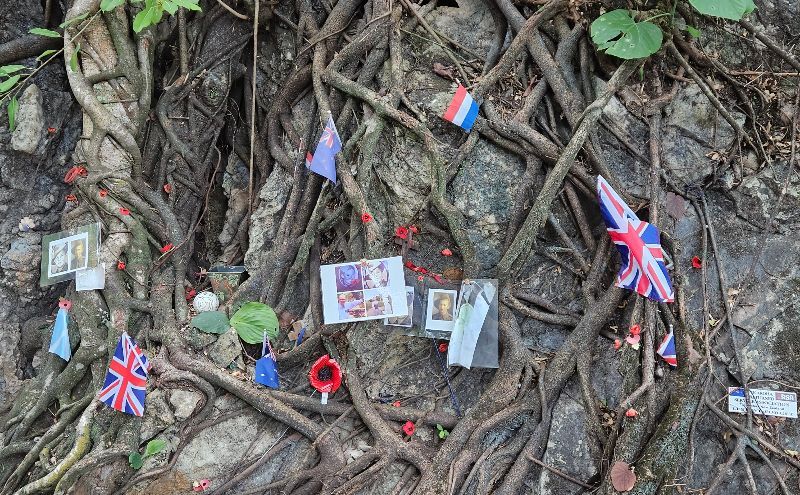
After you have paid your respects at one of more of the memorials it’s time to check out some of Kanchanaburi’s other sites.
Erawan National Park
Erawan National Park is about an hour outside Kanchanaburi. The park is famous for its beautiful waterfalls, including the seven-tiered Erawan Falls. You can hike to the top level and swim in many of the pools along the way.

Arrive early and expect to spend two hours here if you want to walk to the top-level waterfall. You could easily spend half a day if you decide to swim in some of the falls.
Wat Tham Suea – Tiger Cave Temple
One of the most spectacular of Kanchanaburi’s temples, Wat Tham Suea is a must. Known as the “Tiger Cave Temple”, this place is more than just a religious site; it’s a blend of nature, history, and art.
There are two stairways leading to the site but before you climb look for the one facing Kanchanaburi from the parking area — it’s a bit easier on the legs. If you have mobility problems, there is a small cable car that delivers you to the top for under 20 baht return.
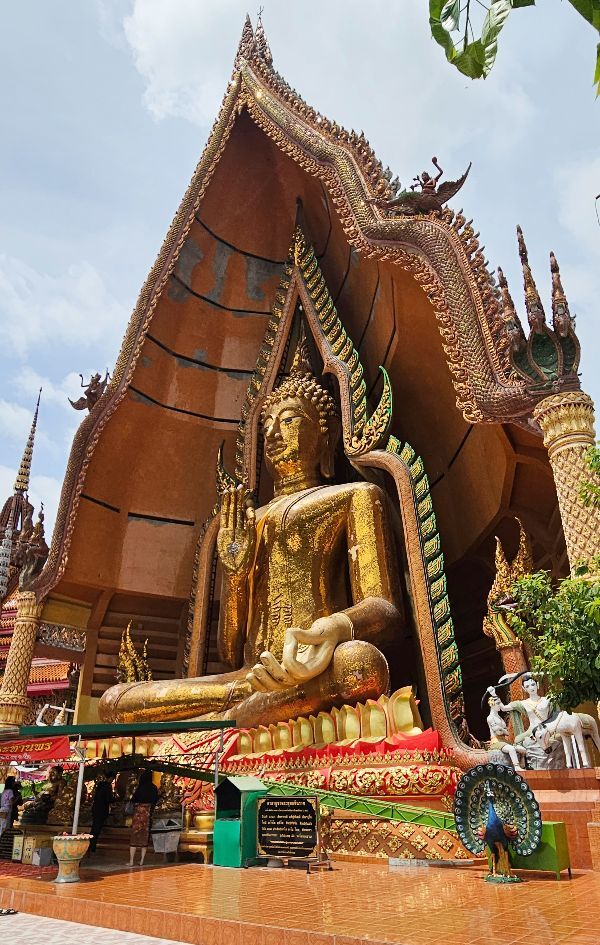
Once you reach the top, there’s an amazing 18-metre-high gold leaf-adorned Buddha waiting to greet you.
Beyond the typical temple vibes, Wat Tham Suea has its own unique touch with its intricate carvings and relics. The summit offers a killer panorama of the surrounding mountains and vast rice paddies.
We made an offering and got a blessing from the monk while we were there. If you have never done this I recommend you do. This unique experience stays with you.
About the author: Paula Morgan has been travelling to Thailand since the mid-1990s and has fallen in love with the people, culture, and of course, the food. These days she visits as often as she can and is planning an extended stay in the country in 2024.


